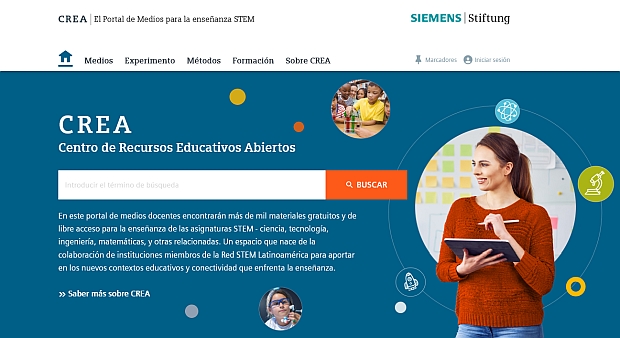Sound propagation experiments
Text
Experimentation instructions:
Study of sound conductivity of different materials.
Type of media:
Text
Last update:
2017-04-20
License:

This medium is made available under a CC BY-SA 4.0 international license.
What does this mean?
How to reference this medium

This medium is made available under a CC BY-SA 4.0 international license.
What does this mean?
How to reference this medium
Media package:
Description:
Sound can propagate in solid, liquid or gaseous bodies.
Glass, metal and wood, for example, are good conductors of sound.
Felt, cotton wool and polystyrene, for example, are bad conductors of sound.
Information and ideas:
To be done together with students in class or in group work.
Relevant for teaching:
Sound/acoustics: parameters
Vibrations and waves
Glass, metal and wood, for example, are good conductors of sound.
Felt, cotton wool and polystyrene, for example, are bad conductors of sound.
Information and ideas:
To be done together with students in class or in group work.
Relevant for teaching:
Sound/acoustics: parameters
Vibrations and waves
Learning resource type:
Experiment
Subjects:
Physics; Technology
Grade levels:
Grade 5 to 6; Grade 7 to 9; Grade 10 to 13
School types:
Middle/high school; Vocational training
Keywords:
Sound; Sound (basic phenomenon); Sound propagation
Bibliography:
Siemens Stiftung Media Portal
Author:
MediaHouse GmbH
Rights holder:
© Siemens Stiftung 2016



